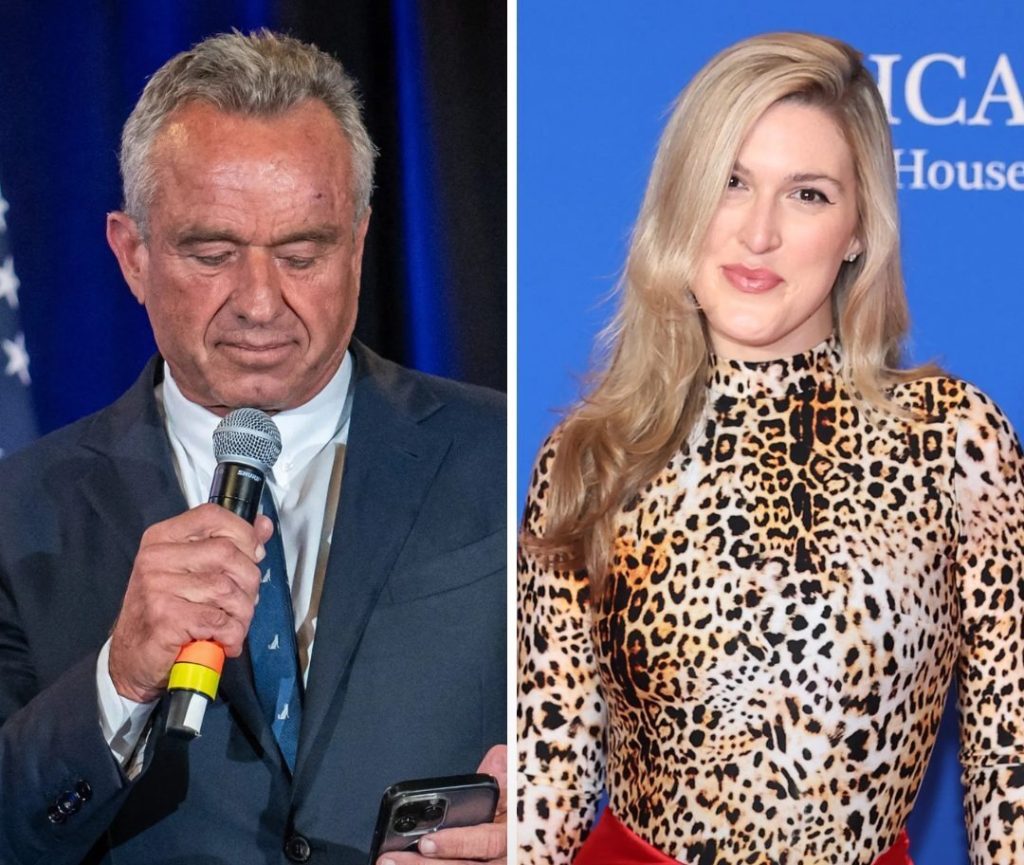The all-natural anti-aging trend taking over: why more women are ditching Botox for facial acupuncture — and what really happens under those tiny needles
For nearly ten years, Chicago marketing executive Christina Rincon never skipped a Botox appointment. Every few months, she’d sit under the bright lights of her dermatologist’s office, waiting for those familiar injections that smoothed her forehead and lifted her brows. It became part of her self-care routine — almost like getting a haircut or manicure. But earlier this year, something changed. After reading horror stories online about potential long-term side effects of Botox — including muscle atrophy, facial stiffness, and even rare cases of botulism — Rincon began to question what she was putting into her body.
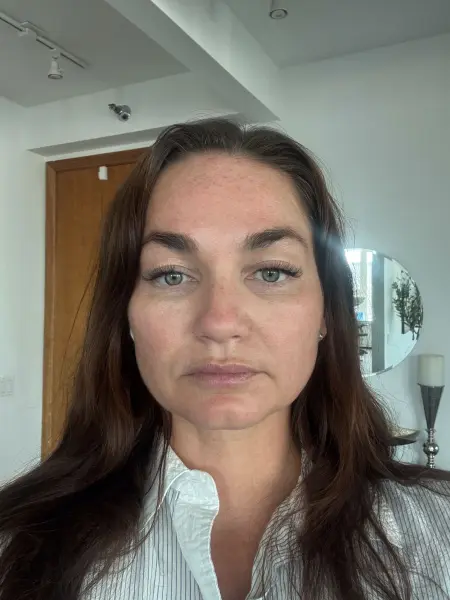
“It kind of freaked me out,” she admitted. “I thought I should probably take a break for a while.”
That break turned into something bigger when Rincon discovered facial acupuncture — a centuries-old practice gaining modern traction as a “natural” alternative to injectables. Within weeks, she booked a consultation at Moon Rabbit Acupuncture in Chicago’s Lincoln Park neighborhood, where founder and licensed acupuncturist Olivia Park has quietly built a following among women looking for more holistic approaches to aging.
“I wasn’t sure it would help,” Rincon said. “But after my second session, my skin started to feel tighter and glowier. I didn’t look frozen — I looked rested.”
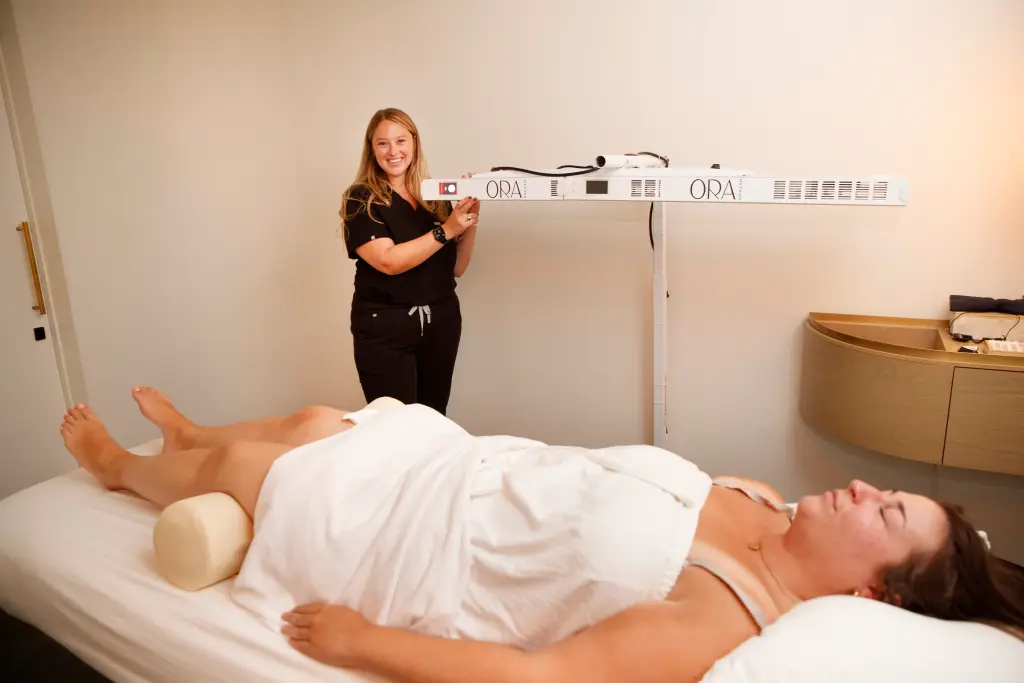
Her experience is far from unique. Across the country, clinics report growing demand for cosmetic acupuncture — a non-invasive treatment that uses fine needles to stimulate blood flow, boost collagen, and subtly lift facial muscles. For some women, it’s enough to reconsider their Botox routines entirely.
Moon Rabbit Acupuncture’s owner told The New York Post that new clients often arrive after years of injections. “They’re curious about something that feels more in sync with their bodies,” Park explained. “They want the benefits — smoother skin, lifted features — without the fear of losing natural expression.”
The process itself might look intimidating: dozens of paper-thin needles are placed at specific points across the face, forehead, and neck, then left in for 20–30 minutes while clients rest. But practitioners say the procedure is virtually painless. The micro-injuries trigger the skin’s repair response, improving elasticity and circulation over time. “It’s not an instant fix like Botox,” Park noted. “But the results build gradually, and they look incredibly natural.”
Scientific studies suggest there may be real benefits behind the buzz. A randomized clinical trial published in the Journal of Cosmetic Dermatology earlier this year found that facial acupuncture significantly reduced wrinkle depth and improved muscle tone among women aged 30–59, with effects visible for up to three months. Researchers reported increased satisfaction scores and no major side effects — a contrast to injectables, which can occasionally cause bruising, drooping, or allergic reactions.
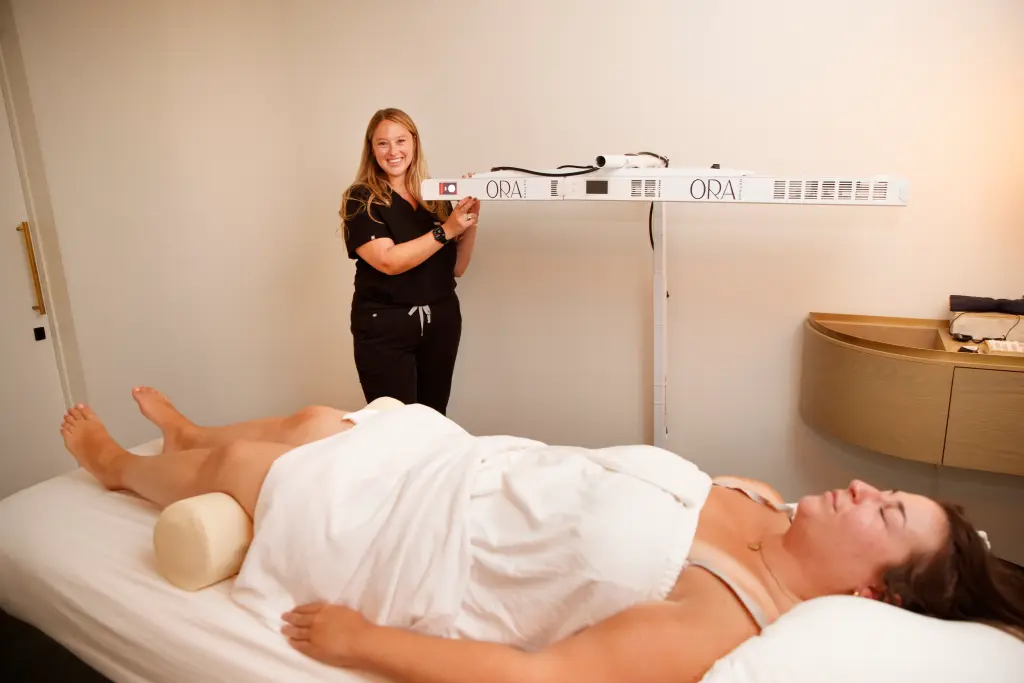
Even so, experts emphasize that acupuncture and Botox work in completely different ways. Botox temporarily paralyzes targeted facial muscles to reduce movement and smooth dynamic wrinkles — the creases caused by expressions like frowning or squinting. Acupuncture, by contrast, stimulates the underlying muscles and tissues, improving tone without freezing them. The result is a softer, more natural appearance rather than the ultra-smooth, glass-skin effect that injectables often produce.
Dr. Debra Jaliman, a board-certified dermatologist based in New York, told People that she’s not surprised by the rising interest in acupuncture as an alternative. “Many patients are taking a more holistic approach to aging,” she said. “They’re realizing there’s value in treatments that don’t just alter the face but help the skin function better overall.”

Still, she cautioned that acupuncture results can vary greatly depending on the practitioner’s skill and the patient’s skin type. “It’s safe in qualified hands, but it takes commitment — several sessions before you see measurable results.”
Commitment is a key word here. Unlike Botox, which delivers visible effects within days, acupuncture typically requires multiple weekly appointments to achieve a noticeable transformation. Many practitioners recommend an initial series of 10–12 sessions followed by monthly maintenance visits. “It’s like going to the gym for your face,” Park said. “You can’t just do it once and expect lasting change.”
But for women like Rincon, the process itself has become part of the appeal. “It’s actually relaxing,” she said. “Instead of rushing in for injections, I lie down, close my eyes, and leave feeling calm. My anxiety drops, and my skin looks better.”
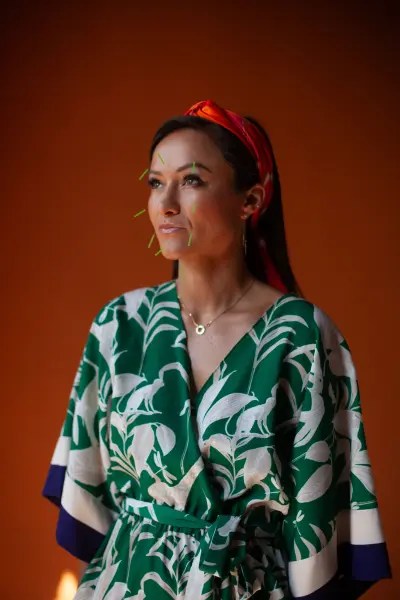
Acupuncture’s holistic nature may be driving its surge among younger generations, too. According to recent consumer data, searches for “natural anti-aging” and “Botox alternatives” on TikTok and Instagram have tripled in the past year. Many influencers are now showcasing facial acupuncture as a luxury wellness ritual, not just a beauty treatment. Videos show serene spa settings, peaceful music, and close-ups of smooth, glowing skin — a stark contrast to the sterile, clinical vibe of Botox clinics.
At Moon Rabbit, clients range from busy professionals in their 30s to retirees in their 60s. “It’s not about erasing every wrinkle,” Park said. “It’s about feeling healthy, radiant, and confident.”
Rincon agrees. “I’m not trying to look 25,” she said. “I just want to look like me — but a well-rested version.”
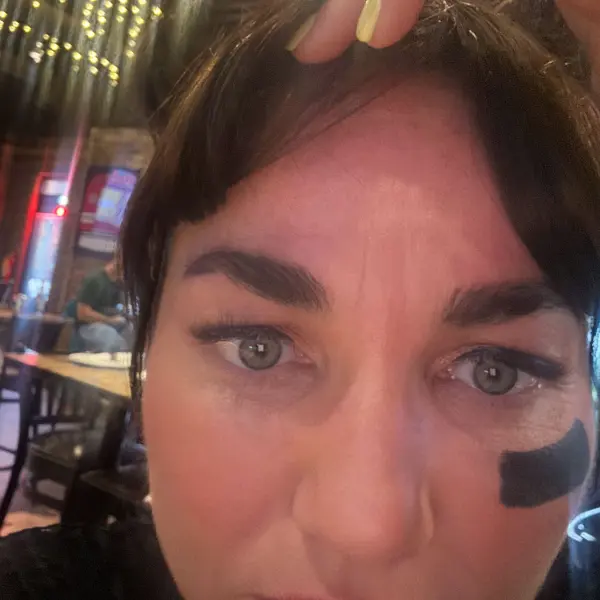
Dermatologists say this cultural shift reflects a broader evolution in the beauty industry, where more women are rejecting the pressure to maintain a “frozen” or “ageless” face. Instead, they’re gravitating toward methods that align with self-acceptance and long-term wellness.
Dr. Whitney Bowe, a New York dermatologist known for her work on skin-barrier health, told Fox Digital that this change is part of a larger “skin sustainability” movement. “People are looking for gentle, supportive treatments that keep the skin healthy for decades, not just perfect for six months,” she said.
However, Bowe and other experts warn that not all acupuncture practitioners are equal. Since the field isn’t as tightly regulated as dermatology, patients should vet providers carefully — checking certifications, reviews, and hygiene standards before booking. The National Certification Commission for Acupuncture and Oriental Medicine (NCCAOM) maintains a registry of licensed practitioners in the U.S.

Botox, meanwhile, remains the world’s most popular cosmetic procedure. The American Society of Plastic Surgeons reported more than 4.4 million Botox injections performed in the U.S. last year, up 73% from 2019. Yet even within the aesthetic industry, the interest in alternatives is being felt. Some med-spas now offer combined “Botox plus acupuncture” packages — the former for quick fixes, the latter for long-term maintenance.
As for Rincon, she hasn’t ruled out returning to Botox someday — but she’s in no rush. “If I ever do it again, I’ll probably use less,” she said. “Right now, I’m happy seeing what my face can do naturally.”
Acupuncture isn’t a miracle cure, but it represents something more enduring: a shift in how we define beauty and aging. Where Botox once symbolized control and perfection, acupuncture embodies restoration, patience, and balance. For a growing number of women, that’s a trade-off worth making.
“I used to walk out of my Botox appointments looking flawless but feeling numb,” Rincon reflected. “Now I leave with my face relaxed, my skin glowing, and my emotions centered. That feels a lot more beautiful to me.”



